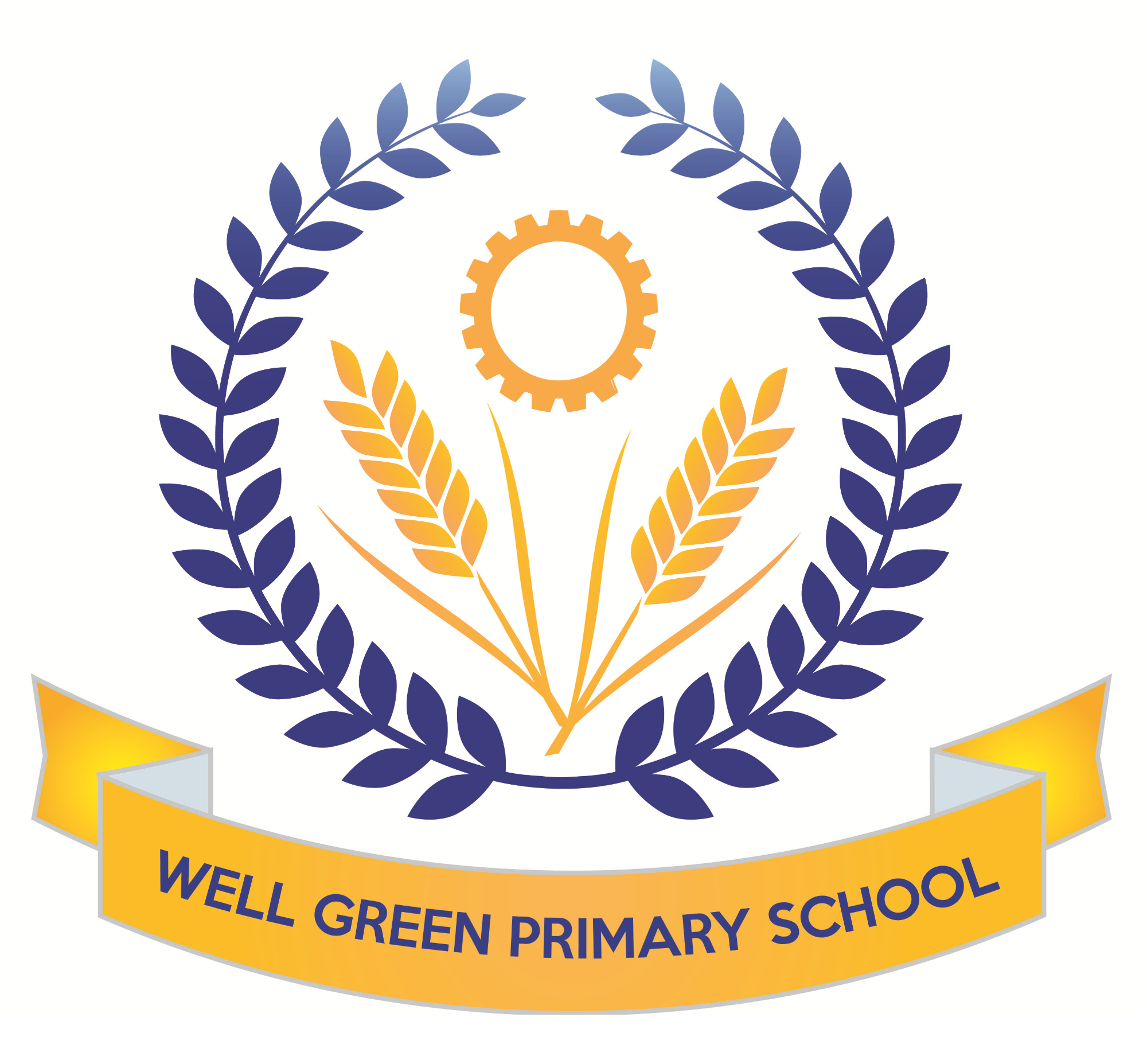Art and Design
The importance of Art and Design at Well Green Primary school
Art and design play a crucial role in education at Well Green Primary School, fostering creativity, critical thinking, and emotional expression in young learners. These subjects encourage children to explore their imaginations, develop problem-solving skills, and express ideas in ways that go beyond words. Early exposure to art also enhances fine motor skills and helps children to build a sense of individuality and self-confidence.
Through collaborative projects, art and design teach teamwork and respect for others’ perspectives. They are also powerful tools for cultural appreciation, allowing children to learn about diverse traditions and histories in an engaging way. Moreover, art can support emotional well-being, providing a therapeutic outlet for children to process their thoughts and feelings.
As Pablo Picasso famously said:
"Every child is an artist. The problem is how to remain an artist once we grow up."
This highlights the importance of nurturing creativity from a young age and sustaining it throughout life.
Investing in art and design education not only enriches individual lives but also contributes to a more innovative and empathetic society.
Intent:
At Well Green, we believe that Art is a vital part of children’s education and has a significant and valuable role in the taught curriculum, as well as the enrichment opportunities we offer our pupils. The art curriculum will develop children’s critical abilities and understanding of their own and others’ cultural heritages through studying a diverse range of male and female artists.
Children will develop their understanding of the visual language of art with effective teaching and considered sequences of lessons and experiences. Understanding of the visual elements of art and design (line, tone, texture, colour, pattern, shape, 3D form) will be developed by providing a curriculum which will enable children to reach their full potential.
Implementation:
The skills and knowledge that children will develop throughout each art topic are mapped across each year group and throughout the school to ensure progression. The emphasis on knowledge ensures that children understand the context of the artwork, as well as the artists that they are learning about and being inspired by. This enables links to other curriculum areas, including humanities, with children developing a considerable knowledge of individual artists as well as individual works and art movements. A similar focus on skills means that children are given opportunities to express their creative imagination, as well as practise and develop mastery in the key processes of art: drawing, painting, printing, textiles and sculpture. Coordinated whole-school project work will ensure that art is given high status in the curriculum and the school takes part in the annual Arts' Week. This enables further focus on children’s artistic skills and knowledge through collaboration with local secondary schools. The school’s high-quality art curriculum is supported through the availability of a wide range of quality resources, which are used to support children’s confidence in the use of different media.
Impact:
Classroom displays reflect the children’s sense of pride in their artwork and this is also demonstrated by creative outcomes across the wider curriculum. The school environment celebrates children’s achievements in art and demonstrates the subject’s high status in the school, with outcomes including sculptures, enhancing the outdoor as well as indoor environments. The Art curriculum at Well Green contributes to children’s personal development in creativity, independence, judgement and self-reflection.
